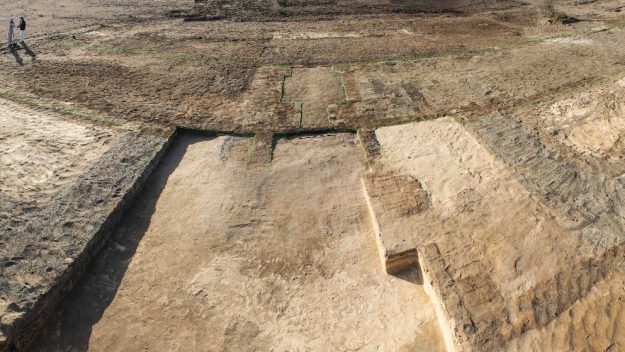
The discovery was made in north Sinai, in an archaeological site known as Tal al-Kidwa, according to the Egyptian Ministry of Antiquities.
Head of the Egyptian Antiquities Department Ayman Ashmawy the mission discovered southeastern and northeastern towers and part of a wall extending for 85 meters (around 278 feet). In 2008, archaeologists had excavated the eastern wall, but the fortress is so large, it took until now to unearth more of its remains.
In a statement, Ashmawy said another fortress, discovered previously, had been built on the ruins of this newly discovered fortress.
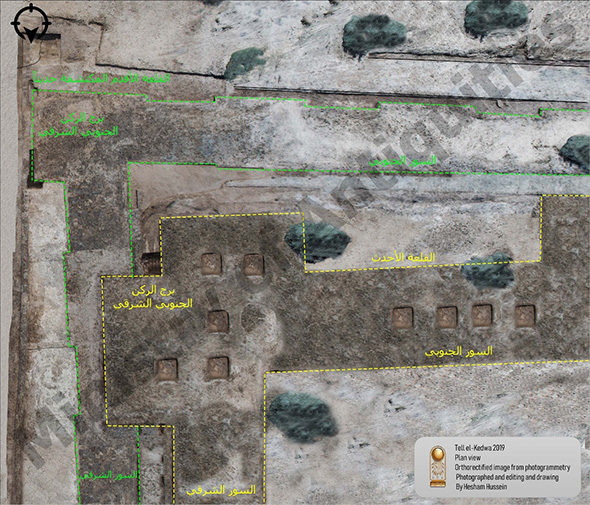
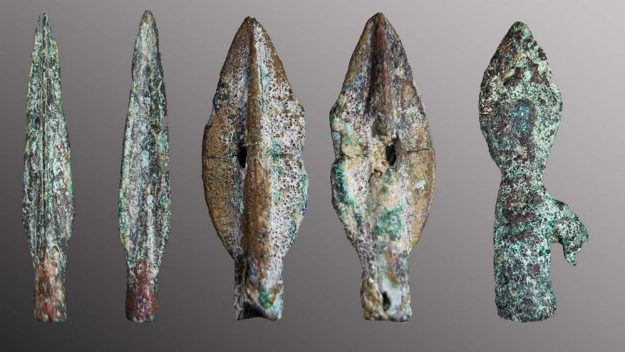
The older fortress was also constructed differently from the more recent fortress. According to Nadia Khedr, head of the Central Department of Lower Egypt Antiquities, the walls of the old one were about 7 meters wide, while the walls of the new castle were about 11 meters wide, reaching 17 meters at the towers area. The more recent fortress contained 16 towers, whereas the older fortress contained only four towers.
The fortresses also differ in design, Khedr said. The newer fortress had rooms that are filled with sand and pottery and are built at equal spaces, perhaps to relieve the pressure on the 11 meter-wide wall of the fortress.
Hisham Hussein, Director General of the Antiquities of North Sinai, said that excavation work in the northeastern part of the discovered fortress wall resulted in the discovery of the entrance to the fortress, a side gate located in the northeastern part of the wall.
Archaeologists discovered the remains of the foundations of a room to the right of the entrance, believed to be a room for guards stationed to protect the gate. They also discovered remains of houses built on the western side inside the castle. At one of these rooms, they found part of an amulet bearing the name of King Psmatik I, confirming that the oldest fortress dates back to the first half of the 26th Dynasty, the era of King Psmatik I from 664-610 BC.
Hussein said the newly discovered fortress bore evidence of being subjected to a severe attack which destroyed its walls. The military fortress at Tal al-Kidwa represented the eastern gate of Egypt and the only fortress controlling entry and exit to and from Egypt during the late period of Ancient Egypt, he said.
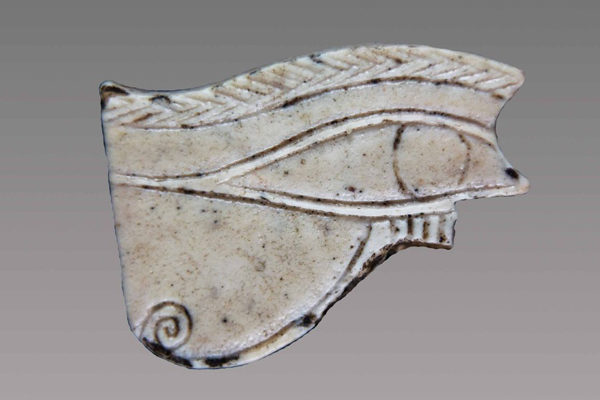
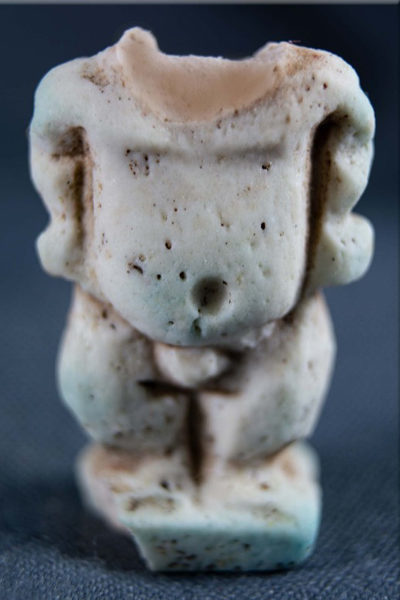
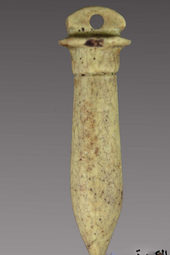



Comment: See also: